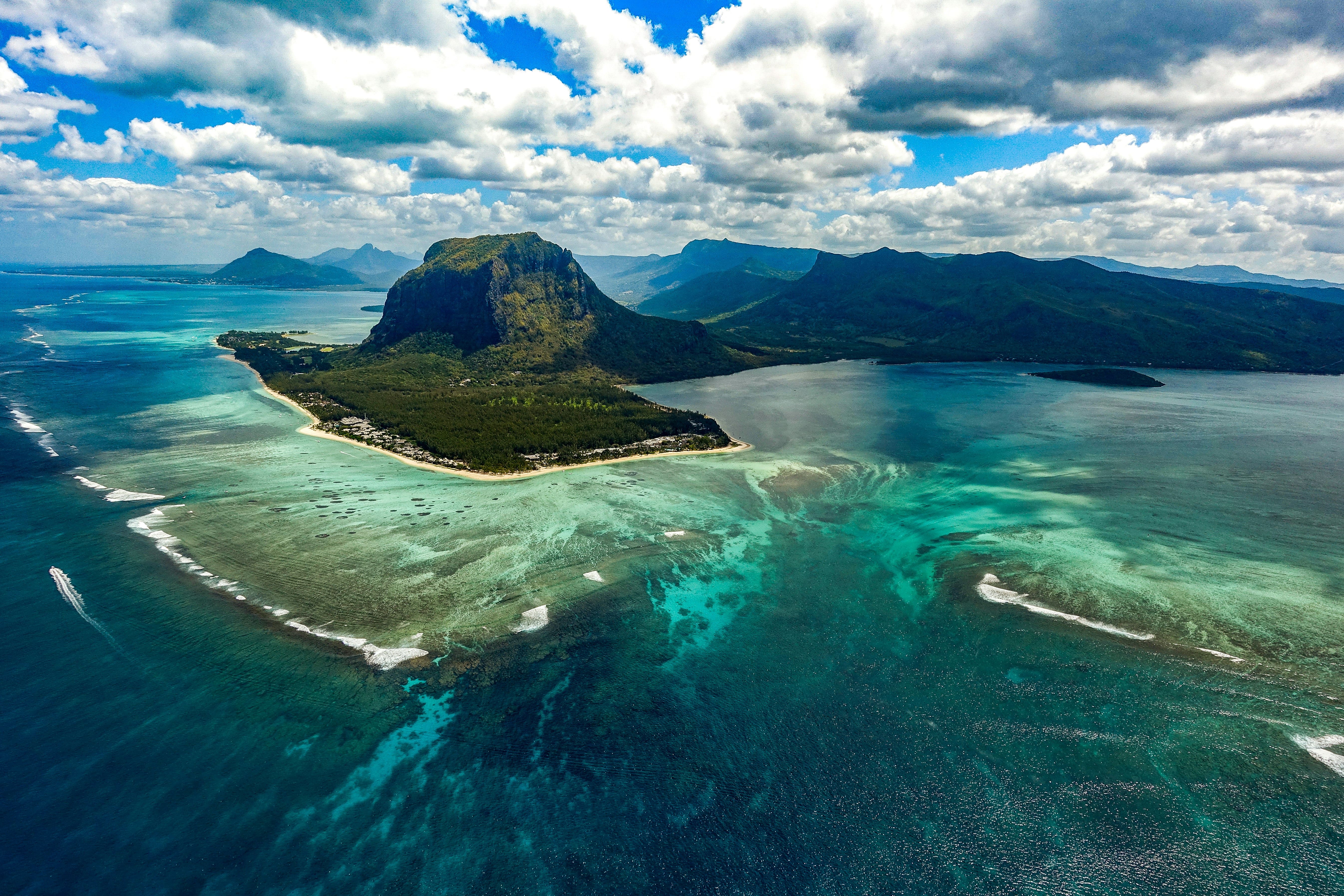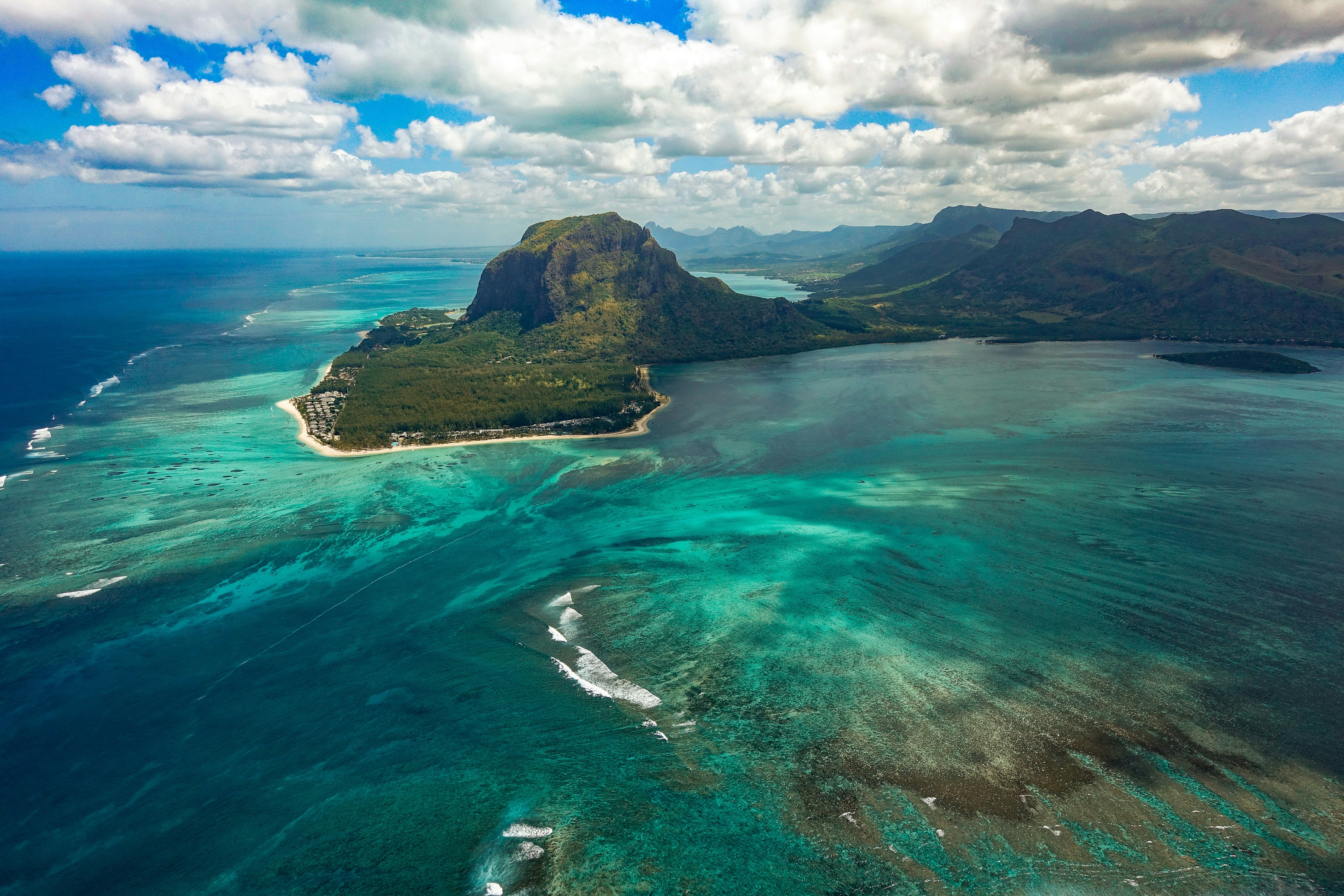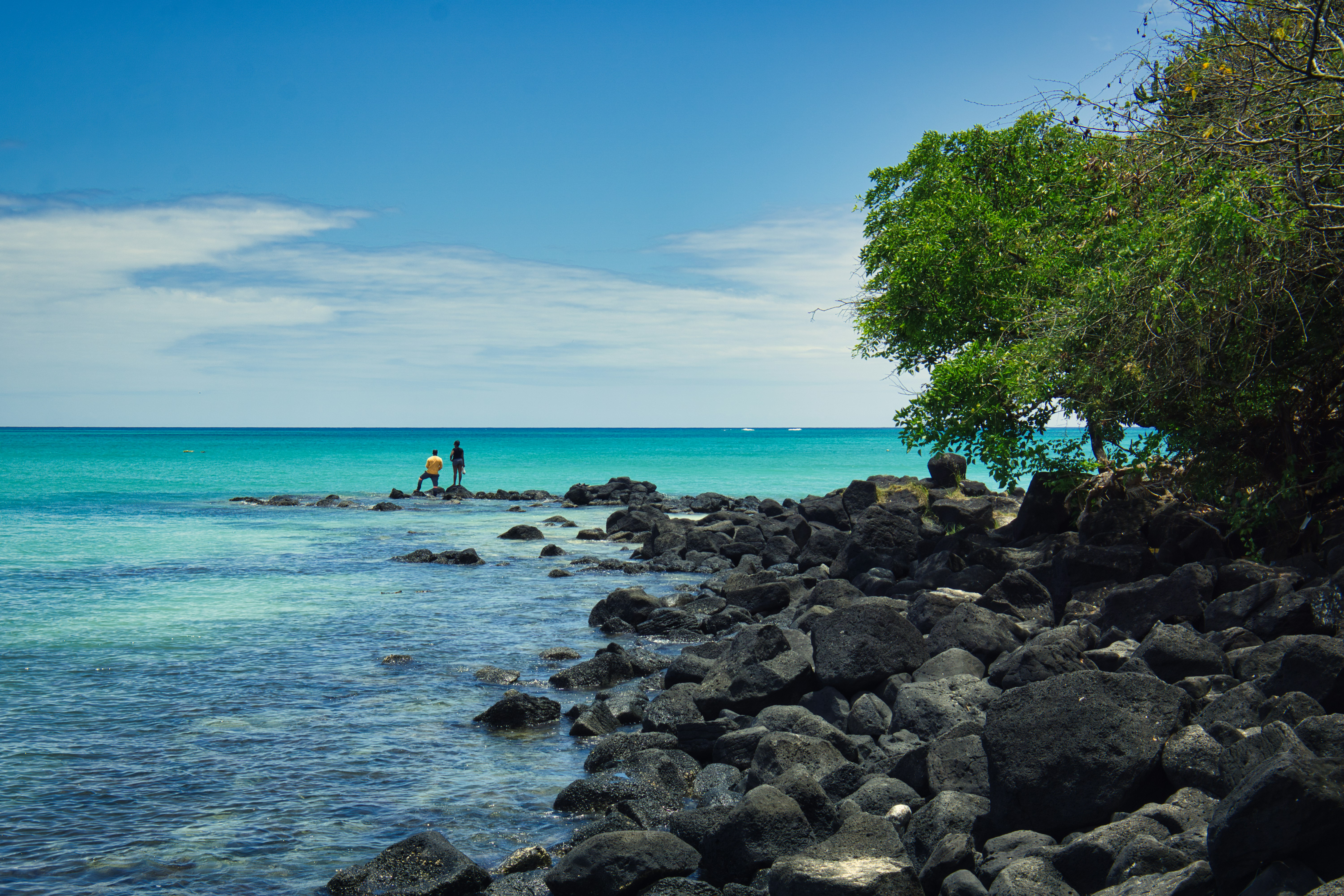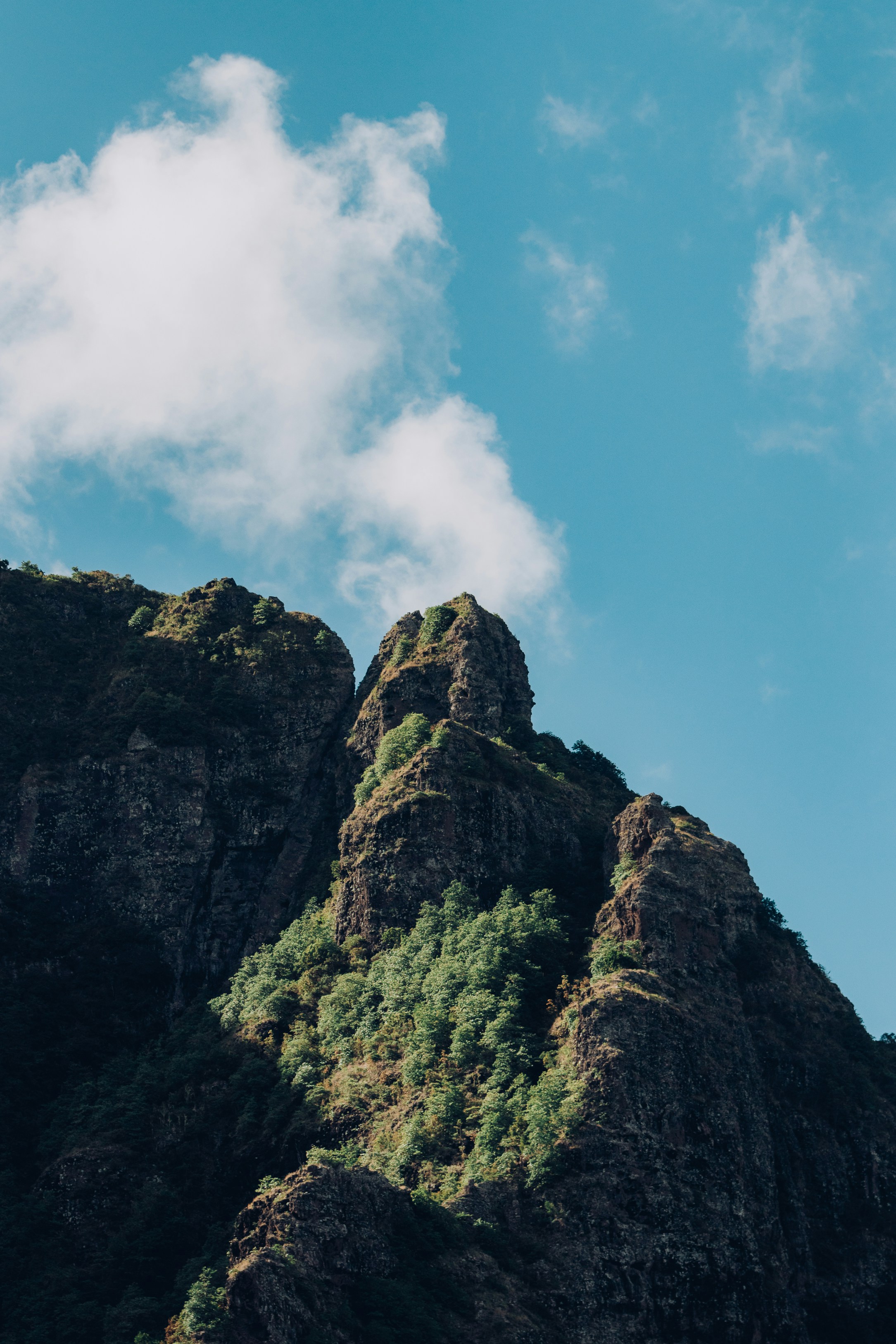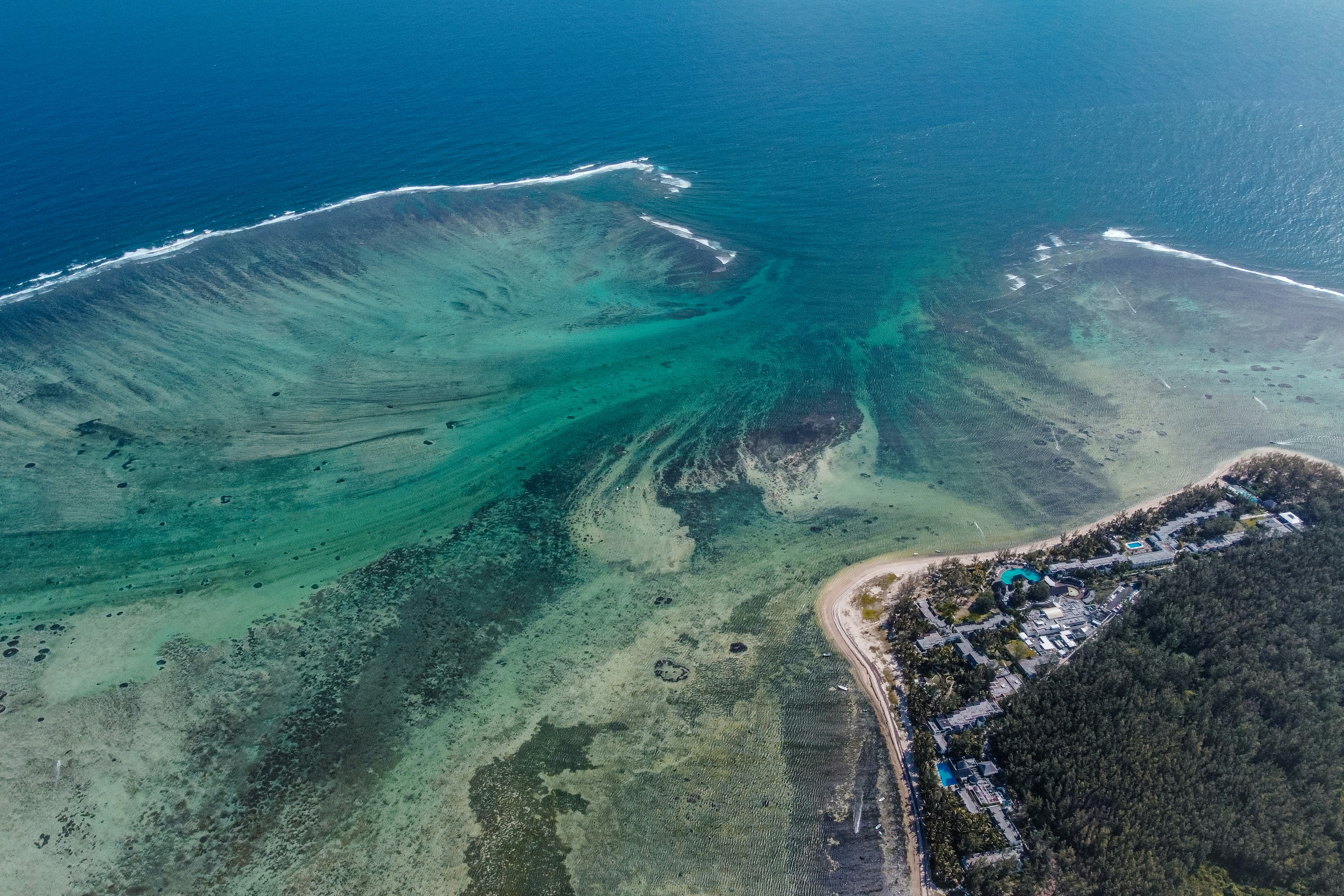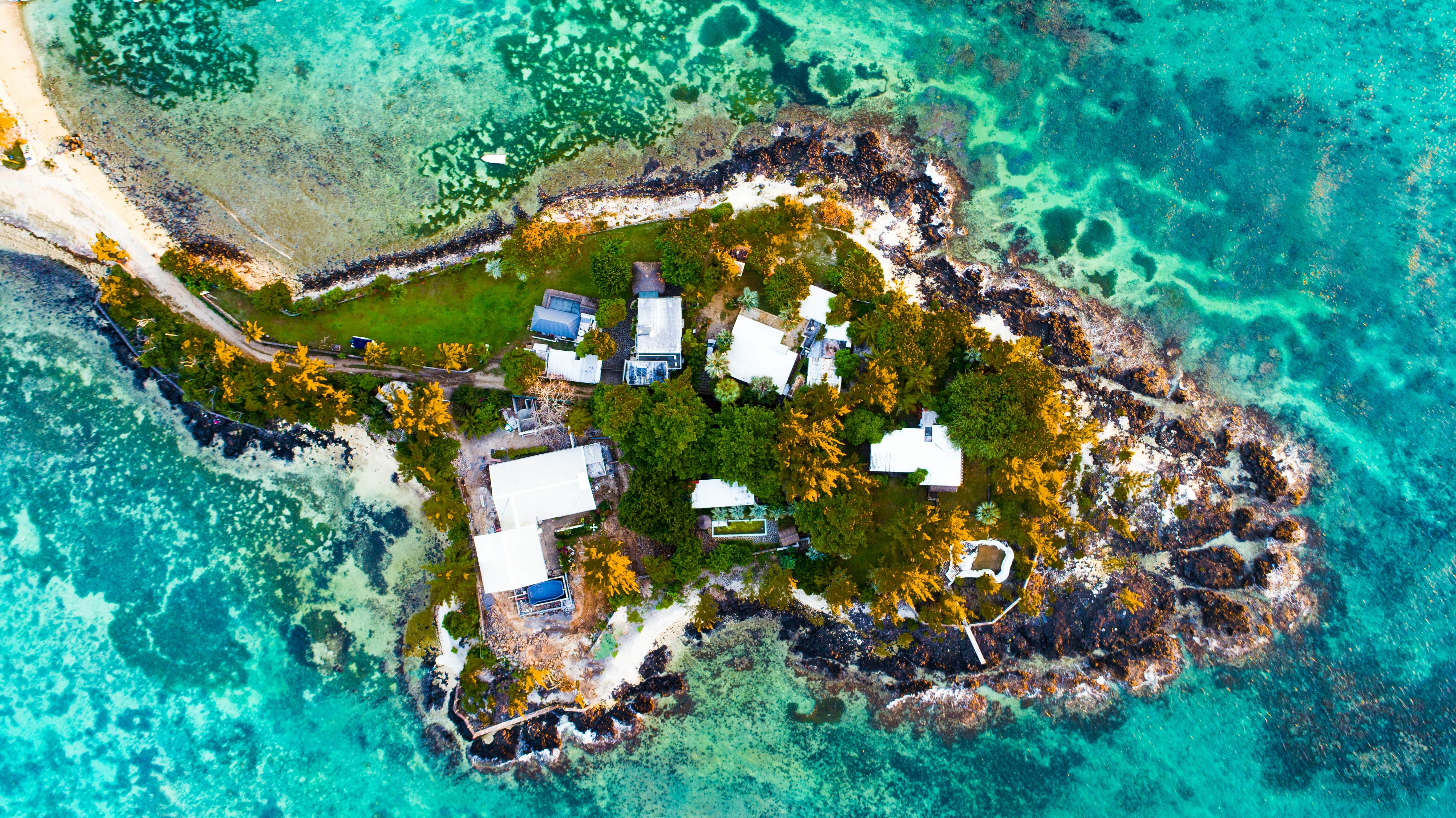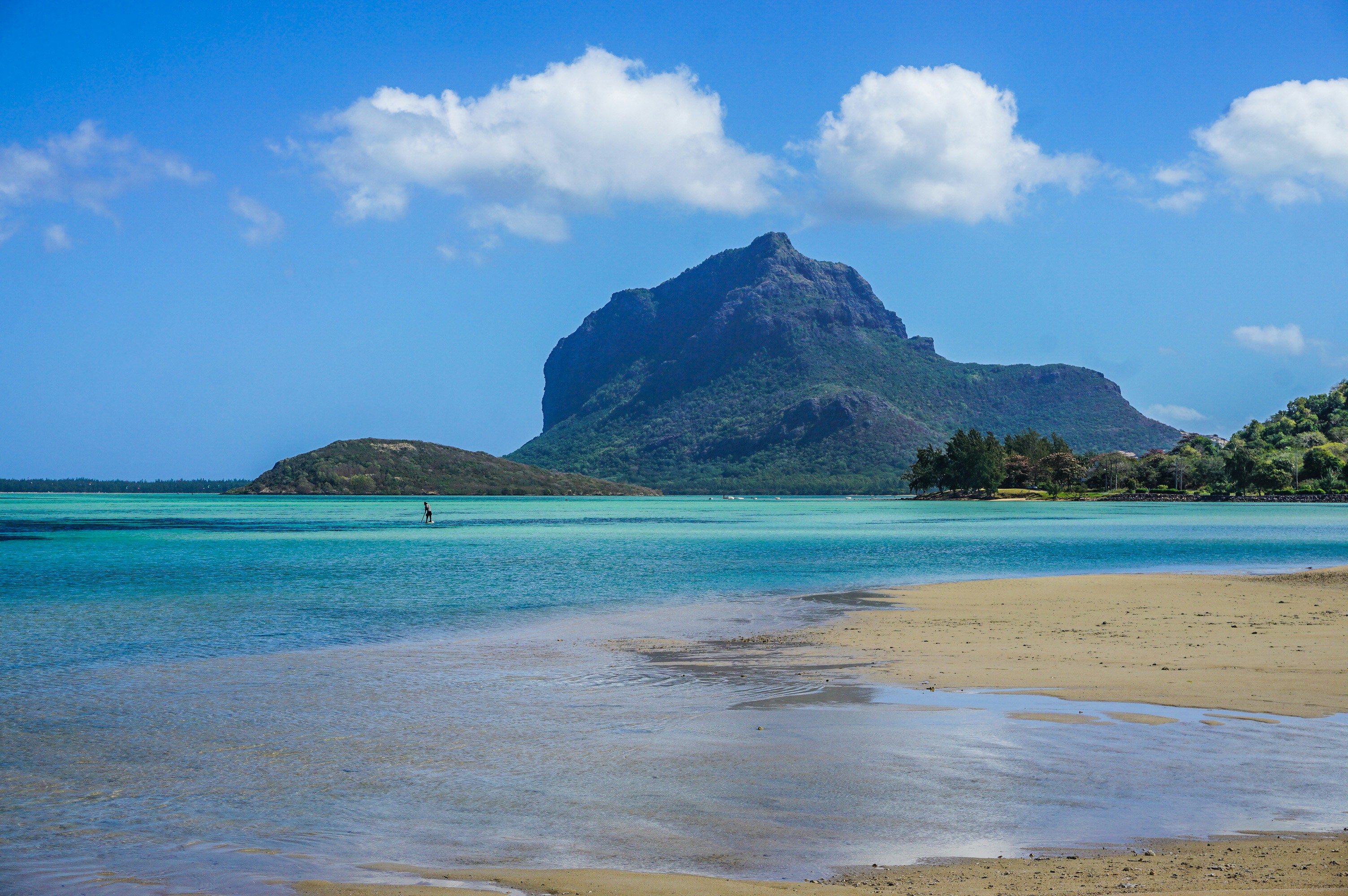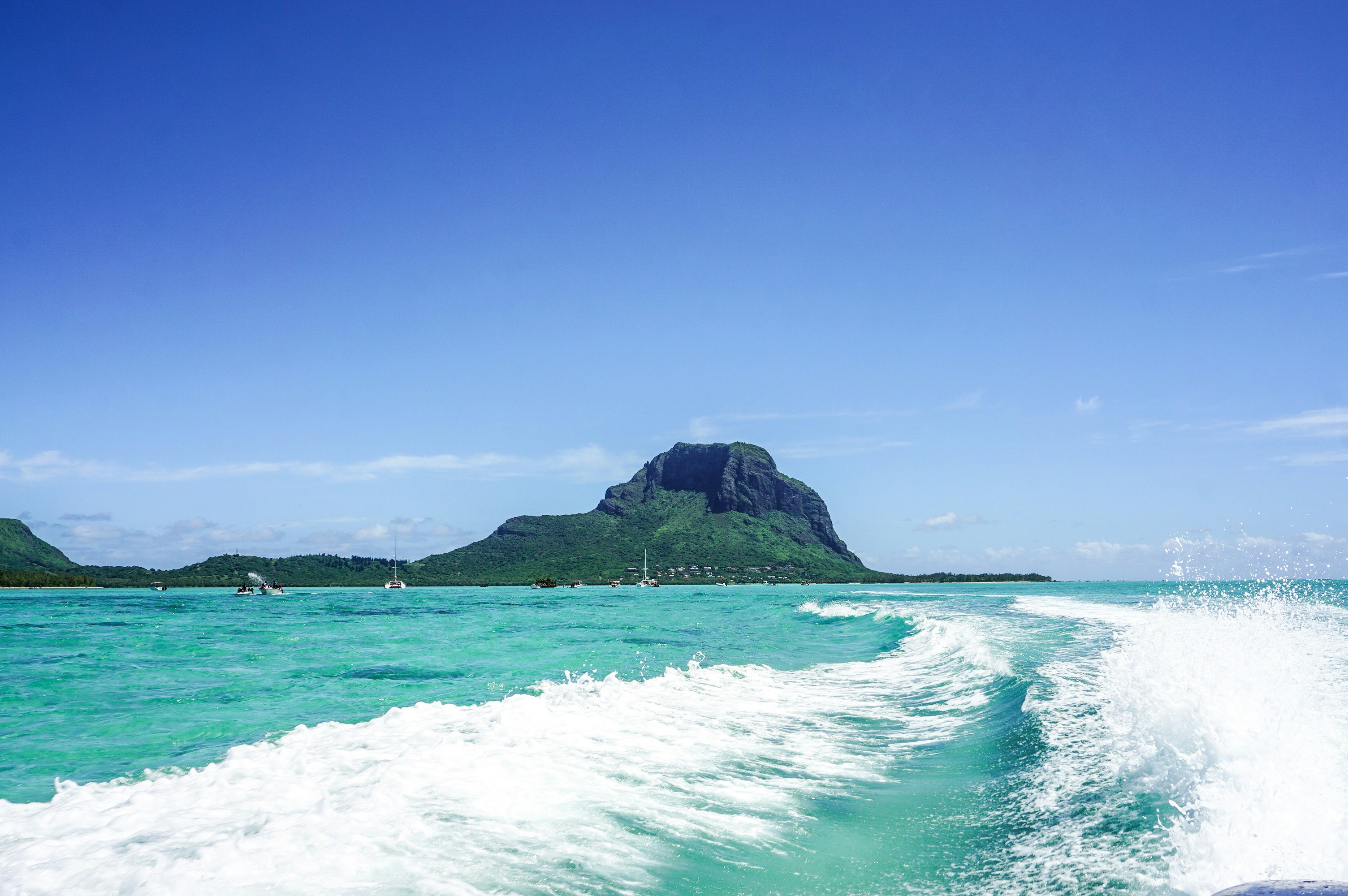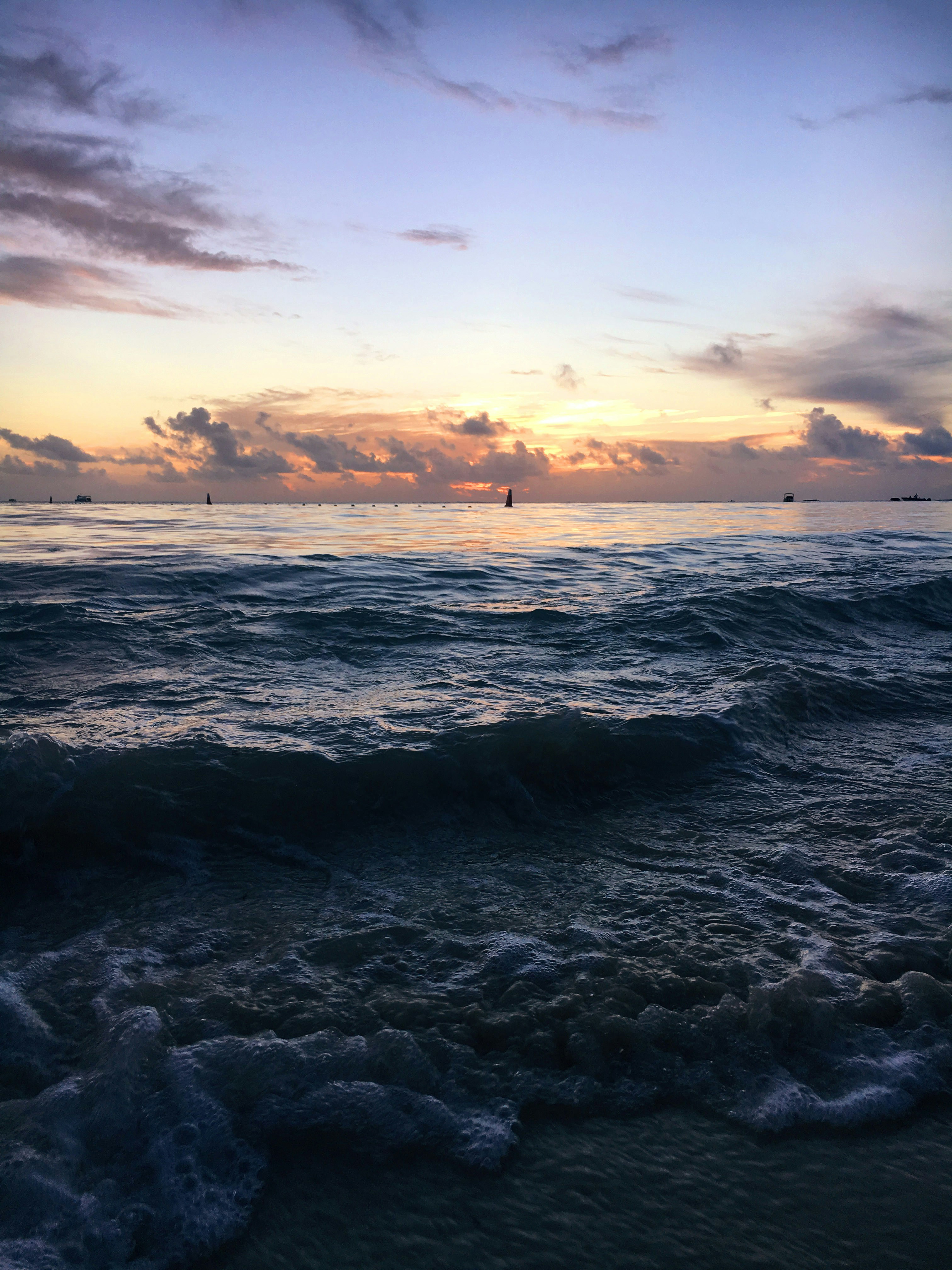What are Underwater Waterfalls?
Underwater waterfalls, also referred to as ocean currents, are vertical descending flows of seawater that occur in areas along the continental shelf where sudden, sharp drops cause a plunging effect resembling an above-water cascade waterfall. The underwater waterfalls are formed due to density variances in the water column, gravity, and surrounding water pressure differentials that compel dense deep water to perpetually flow downwards over submarine cliffs, holes, trenches or wall edges. This generates swirling vortexes as light sediments become dislodged, creating translucent sand clouds stretching through the water column. The swirling effect cycles cold subsurface water upwards before it spills over the ledge again, forming a continuous cascading flow of cold-water rapids plunging through the illuminated blue waters.
Seasonal Considerations
While underwater waterfalls persist year-round sustained by perpetual ocean current flows, seasonal changes can impact locations in various ways. Winter months between June to September around Mauritius offer prime 10-30 meter visibility for witnessing the clearest views of debris clouds and sand sediment plummeting over submerged cliff edges amid the swirling vortex torrents. This greater water clarity substantially improves visual spectacle. Occasionally, some locations may experience seasonal current changes alternating directional flows, while others can undergo complete flow obstruction from catastrophic seabed events like earthquakes, massive sand avalanches from coastal regions, or marine landslides that block or alter waterfall formations. Over time, however, the persistent gravity pressure gradients across most submarine dropoffs circumvent these barricades through perpetual erosion from the cycling currents. By adapting photographic plans according to understanding the shifting seasonal conditions, optimal visibility windows dramatically improve chances for witnessing these submarine cascades at their flowing finest. Careful consideration of location-specific nuances provides key insights when planning underwater waterfall expeditions.
Mauritius Underwater Waterfall
Mauritius has become one of the most famous destinations globally for diving and experiencing spectacular underwater waterfalls firsthand. Several specific dive sites around Mauritius, especially off the coasts of Le Morne Mountain, Pereybere, Grand Baie and Coin de Mire island, provide prime viewing access and encounters with these plunging submarine cascade currents sweeping over sudden thousand-meter drops along the ocean floor topography.
Le Morne Mountain Region Cascades
The ocean currents south of Le Morne Mountain on the main southwest coast of Mauritius contain a sharp submarine drop ranging between 1000-1500 meters descent where the Indian Ocean floor plummets down to the abyssal plain known as the Mascarene Plateau. Strong undersea currents perpetually cascade over this illusory submerged cliff edge, transporting sand sediment clouds through the swirling vortex visible through the tropical cobalt blue waters. Several boat tour operators frequent the dive sites around Le Morne specifically tailored for both snorkelers and SCUBA divers to witness this intense vertical flow intersection firsthand from underwater vantage points. The optimal perspective locations to experience the sensation of torrents pouring downwards sit between 20 to 30 meters in depth along the visible thermocline mixing zone meeting the initial cliff edge drop. Descending deeper towards the plunge offers a unique visual effect as veils of debris clouds, sand sediments, minerals and nutrients swirl down from unseen benthic sources towards lightless depths stretching into the murky distance.
Grand Baie and Cap Malheureux Currents
Further north, a contrasting sharply-defined 1000-meter submerged cliff face guides the strong southward and southeastward currents pouring perpetually from the open Indian Ocean waters along Grand Baie over towards the clear visibility dive sites around Coin de Mire Marine Park and the fishing village of Cap Malheureux. The abyssal waterfall effect appears closer to shore here, transporting ascending nutrients up from the darkness to feed the exquisite coral reefs thriving in the tropical environment. The benthic-pelagic coupling and cycling marine snow stimulate phytoplankton blooms that nourish this bustling coastal ecosystem teaming with abundant tropical marine life including rays, barracudas, snappers, groupers, parrotfish, trumpetfish and even octopus that divers can photograph amidst the live coral labyrinth colour. The nutrient transport and turnover generated from these non-linear circulation ocean processes contribute directly to shaping the vibrant biodiversity characterising Mauritian waters, where sediment transport and habitat connectivity between the coastline reef communities link directly with deep sea communities thriving far offshore well past the continental shelf break.
Global Significance
As scientific understanding of fluid dynamics improves, researchers now believe nearly every ocean contains zones exhibiting characteristics of underwater waterfalls at locations where sudden marked seafloor level changes exist between depths. Multibeam sonar surveys and remote-operated vehicles now facilitate enhanced analysis of cascading currents shaped by the submarine terrain at spatial resolutions not possible even a decade ago. The influential Mauritian underwater waterfalls - while renowned amongst divers for the easily accessible perspectives - likely contribute a relatively minor role regarding global marine cycles. However, the recognition now that similarly prominent cascades shape critical parts of the Atlantic Meridional Overturning Circulation (AMOC) indicates underwater waterfalls play a much more significant role in global currents than previously considered. The continuity of cold dense water flows originating from submarine waterfalls around Greenland, Iceland and the Arctic Shetlands now appear as the primary northern "deep water formation" source for the entire Atlantic conveyor belt circulation distributing heat, sediment, marine snow and nutrients around the Earth's ocean far beyond the Actual waterfall zones themselves.
Alluring Photography
The Mauritius Underwater Waterfall's prestige as one of Earth's most photographed submarine sites owes credit to its accessible location and dreamlike quality. The area graces numerous bucket lists specifically for photography and cinematography purposes thanks to its photogenic traits. The sight of sandy granules appearing to cascade like a liquid veil onto cobalt blue backdrops makes for outstanding imagery. Schools of bright reef fish swimming through the sediment clouds enhance the idyllic compositions. Photographers relish experimenting with angles and filters to accentuate the waterfall illusion's mystique. Advancements in underwater camera equipment over the years have enabled innovative techniques for capturing the spectacle. Special wide-angle lenses help convey the waterfall's vast scale alongside the vibrant coral ecology inhabiting the adjacent reefs. Likewise, strobes and custom settings allow for showcasing the sand's graceful flow against the darker blue abyss backdrop. Underwater drones now facilitate unique aerial-style perspectives on the shelf edge's geography and illusion dimensions unavailable historically.
Mauritius Underwater Waterfall Formations and Processes
Topography and Gravity Currents
The fundamental requirement for underwater waterfall formation focuses on specific seafloor topographies containing locations with sharp transitions in slope between a flat plateau zone and sudden vertical drop. The abruptness of this cliff edge combined with perpetually downward-sloping terrain allows gravity currents to gain momentum as dense, cold water gets channelled swiftly over the shelf edge, plunging down the submarine canyon corridors. Unlike the oscillatory waves at the surface, these submarine cataracts flow continuously in one direction along the seafloor. Their density differential compared to the warmer lighter surrounding ambient water isolates the current from lateral turbulence, allowing high flow velocities contained narrowly within the column torrent. The initial plunging gravity current entrains additional water through shear stress turbulence production along its margins, incorporating more submarine sediments and nutrients into the plunging turmoil with increasing erosive impacts downstream. The erosive energy of this mixing zone commonly scours rock and sediment along the waterfall base perimeter before exiting the initial plunge pool into a secondary flow phase.
Secondary Currents and Basal Cycling
Upon exiting the primary plunge pool, the churning gravity current enters a secondary flow phase with reduced downward velocity and more horizontally oriented directionality. This outflow often splits into multiple channels guided by underlying canyon topography. Cooling ambient water temperatures ultimately reduces the density differential stabilising the gravitational vortex flows. However, the relatively cooler temperatures emerging from the abyss paired with suspended particulate matter foster aquatic growth hotspots where chemosynthetic communities thrive around the swirling sediments. Whilst divers visiting Mauritius and elsewhere remain captivated by the visible primary plunge perspectives, the enigmatic interactions enabling the proliferation of seafloor communities centred upon these waterfall base zones likely wield far greater influence regarding biodiversity, habitat connectivity and ocean food chain dynamics across multiple trophic levels - yet almost entirely escape firsthand human observation. These dimly lit yet turbulent seafloor mixing environments represent key nodes across the abyssal landscape. The cycling reach of these deepwater formations links directly with surface communities and shapes evolution across interconnected ecosystems spanning from coastlines to the deepest marine trenches.
Mauritius Underwater Waterfall Diving Logistics and Safety
Spectacular Diving
Diving the Mauritius Underwater Waterfall allows encounter the marine spectacle first-hand instead of merely through a lens. Descending upon the illusion eliminates separating barriers, enabling becoming fully immersed within the fluid sensations. The vistas witnessed whilst submerged here remain unequalled from surface glimpses. The sandbox-style smoky effect traces delicate veils as you gaze over the plateau's sharp margins into blue eternity. Gliding through the vision feels like hovering inside an ethereal scene. The chance to dive inside an optical phenomenon rather than just observing it from afar makes for profound experiences that leave lasting impacts. Skilled Mauritius dive outfits leverage the knowledge of optimal conditions for viewing the illusion spectacularly on dives. This allows better timing of downward currents carrying more obscuring sediments to generate seasonal waterfall views.
Equipment and Training Requirements
Witnessing an underwater waterfall's allure requires advanced diving skills using the proper equipment to safely navigate challenges like depth, current strength, visibility limitations and remoteness from shore. While supervised introductory dives allow less experienced divers to glimpse the cascading flows from shallower periphery zones around 20 meters depth, the optimal viewing areas sit deeper nearing 30-40 meters depths along the initial shelf edge drop-off points. Here the stark density differential demarcations dramatically improve visual impact as sediment clouds swirl downwards into the blue abyss beneath. Accessing these sites requires Advanced open-water certification and specialised diving speciality training to prepare for the disorienting vortex surge turbulence and manage appropriate weighted buoyancy control. High-quality gear including regulators, backup devices, surface marker buoys and rope reels proves essential for divers' safety, especially since most underwater waterfall sites reside miles offshore requiring open ocean descent procedures.
Dive Planning and Execution
Successfully diving into an underwater waterfall location depends extensively on proper planning and preparation. Local dive operators meticulously study tidal charts, weather forecasts and seasonal visibility patterns when scheduling trips to sites boasting the most epic perspectives balanced with tourist skill levels. Guided journeys allow customising dive timing precisely around optimal mid-incoming tidal flow windows. Upon descent towards the shelf edge bounding the steep contours, continual reassessment of current strength and direction prevents being swept uncontrollably over hazy edges obscured by silty water. Pre-dive briefings reiterate the strict rule for immediately deploying safety buoys if realising separation beyond visible range from dive buddies. This initiates the practised rescue response of ascent whilst following the rope hand over hand directly towards the surfaced marker buoy signifying the boattender's location instead of wasting air fighting impossible current cycles. Memorising emergency protocols remains essential when intentionally engaging one of Earth's most dynamic fluid forces for recreational enjoyment rather than commercial shipping lane transit or scientific research.
Mauritius Underwater Waterfall’s Wildlife Interactions
Marine Ecosystem Dynamics
The cycling nutrient flows through underwater waterfalls support entire marine ecosystems swarming with ocean life. Microscopic plankton, fish eggs and larvae get transported through the churning vortex torrents, while larger migratory species like tuna, marlins and manta rays follow cold currents flowing from the abyss towards nearshore coral reefs and mangrove lagoons teeming with life. The plunging underwater views and winning opportunities to encounter pelagic marine creatures entice recreational divers from across the globe. Thriving coral reef structures form intricate foundations housing smaller tropical species like parrotfish, trumpetfish and seahorses who hide within the reef caves and overhangs from roving predators. These coral sanctuaries nourish nurseries for juvenile fish to mature safely, eventually venturing beyond the outer reef slopes to join larger migratory schools riding seasonal current flows. The numerous niches across these interconnected coastal and pelagic zones sustain complex aquatic food webs filled with beautiful creatures photographers adore capturing through their submarine lenses.
Apex Predators and Megafauna
A variety of larger apex predators frequent areas surrounding underwater waterfalls hunting the smaller fish and squid attracted to these zones. Silvertip sharks, marlins, sailfish, tuna and even killer whales prowl the periphery scanning for prey while warily avoiding coming too close to the disorienting current vortex which would leave them more vulnerable. Patient underwater photographers can capture intense moments with these elusive ocean wanderers by floating neutrally along the current boundaries. Sensational chance encounters with migratory marine megafauna like manta rays, whale sharks and humpback whales also occur periodically, etched indelibly in memory. Though only lasting moments, witnessing silhouettes of these gentle giants emerging phantom-like through the aquatic haze leaves spellbound impressions of nature's grandeur and humankind's humility clinging to the surface of a water planet swarming with magnificent creatures below. Photographing sisters manta rays somersault feeding inside the waterfall torrent hunting plankton remains the holy grail for underwater waterfall photographers due to extraordinary difficulty balancing position amidst disorienting surge turbulence long enough to achieve optimal camera steadiness before these ephemeral appearances vanish back into blue eternity.
Conservation Considerations
Underwater waterfalls and their related plunging abyssal current flows play pivotal roles in nurturing and redistributing marine life across vast migratory ranges spanning coastal habitats to the deepest oceanic trenches. However increasing environmental threats from climate change, agricultural fertiliser runoff, plastic pollution, and unsustainable fishing practices threaten entire marine ecosystems. Photographers witnessing pristine underwater realms like Mauritius waterfalls can utilise compelling images to promote crucial conservation awareness. While underwater waterfall locations prohibit large visitor numbers due to tricky diving constraints, improving public understanding regarding how these churning aquatic engines distribute species and nurture habitats remains vital for galvanising support towards marine environmental policies aiming to balance sustainability, commercial interests and biodiversity protection. Mauritius now partners across Indian Ocean regional networks to model holistic approaches balancing tourism revenue from well-regulated scuba diving at signature sites like underwater waterfalls, with fisheries policies nurturing the interconnected food chains thriving across different zones from coastlines to abyssal plain hydrothermal vents. Implementing scientific data integration and community stewardship fosters responsible use enabling future generations to continue experiencing the magic.

Let us know you agree to cookies
We use marketing, analytical and functional cookies as well as similar technologies to give you the best experience. Third parties, including social media platforms, often place tracking cookies on our site to show you personalised adverts outside of our website.
We store your cookie preferences for two years and you can edit your preferences via ‘manage cookies’ or through the cookie policy at the bottom of every page. For more information, please see our cookie policy.
